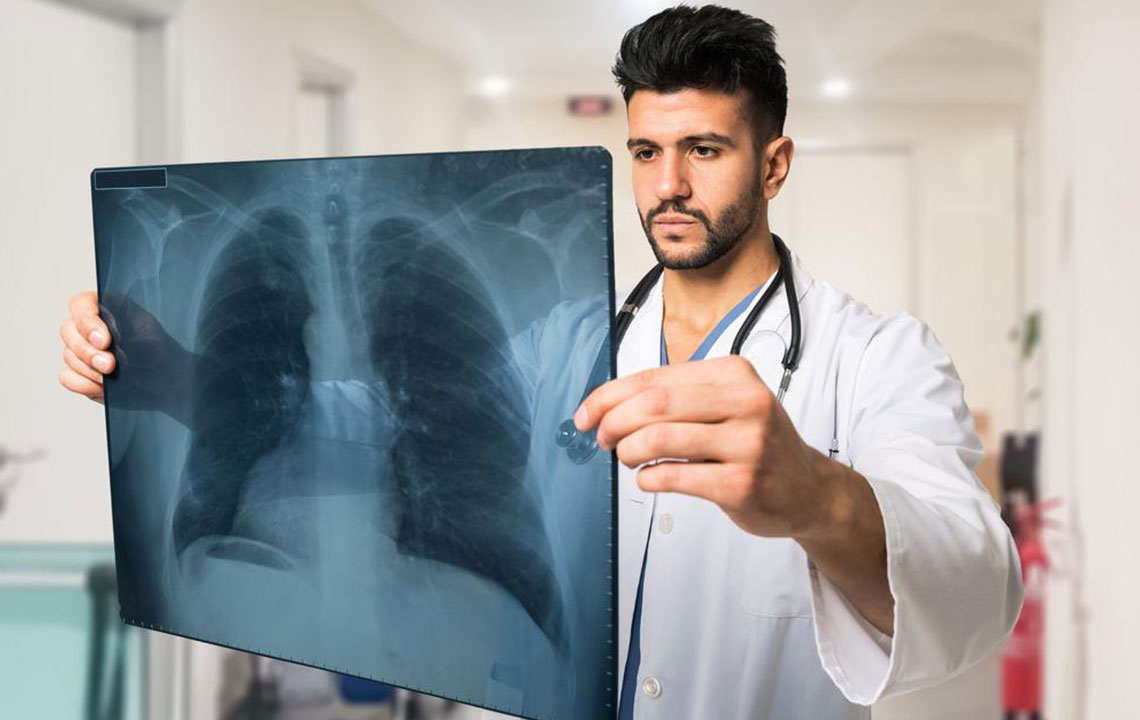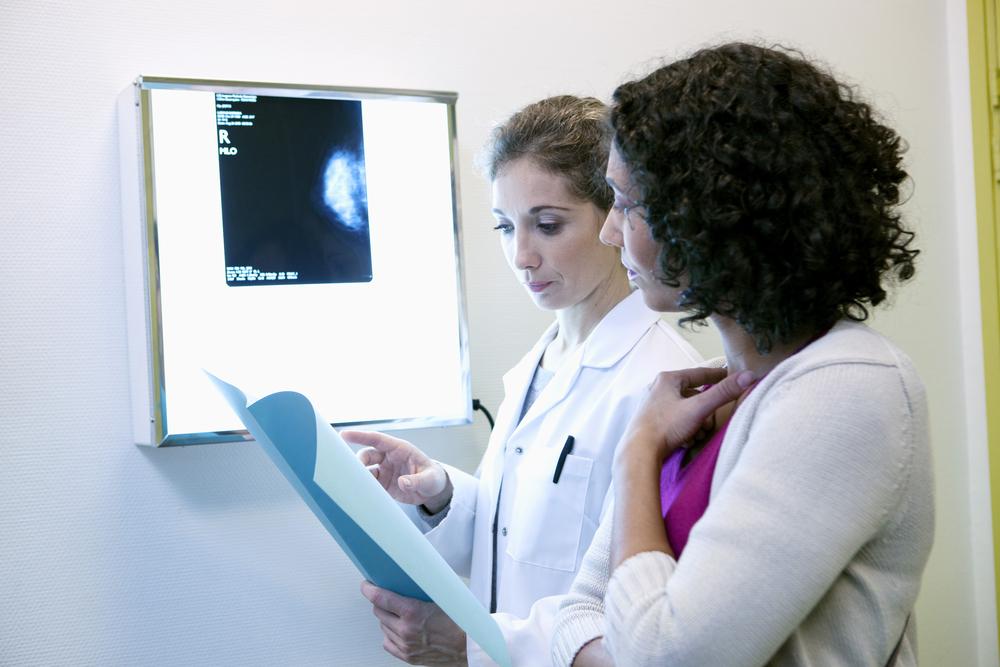Comprehensive Guide to Recognizing the Key Symptoms of Pneumonia
This comprehensive article provides an in-depth overview of the key symptoms of pneumonia, emphasizing early detection and treatment. It covers common signs such as fever, chills, chest pain, and breathing difficulties, along with risk factors and the importance of prompt medical diagnosis. Suitable for raising awareness, this guide aims to help individuals recognize pneumonia early and seek timely care to prevent severe complications and improve recovery prospects.

Comprehensive Guide to Recognizing the Key Symptoms of Pneumonia
Pneumonia remains one of the most concerning respiratory illnesses worldwide, especially prevalent during colder seasons when the immune system may be compromised. This serious infection impacts the lungs, specifically the alveoli—the tiny air sacs responsible for oxygen exchange. When these sacs become inflamed due to bacterial, viral, or fungal infections, it leads to fluid, pus, and cellular debris buildup, impairing normal lung function. If not diagnosed and treated promptly, pneumonia can escalate rapidly, resulting in severe health complications or even death. Therefore, understanding and identifying the early signs and symptoms of pneumonia is critical for timely medical intervention and better health outcomes.
In this comprehensive guide, we delve into the common symptoms of pneumonia, how they manifest in different age groups, risk factors, and the importance of early detection. Recognizing these signs early can dramatically improve prognosis, especially when combined with prompt medical care.
Common Signs and Symptoms of Pneumonia Include:
Fever and Chills: Fever is a hallmark symptom, particularly noticeable in children and the elderly. Adults may experience a mild fever, but higher temperatures are common in severe cases. Fever occurs as the immune system responds to infection. Chills, often accompanying fever, are caused by sudden body temperature drops as the body attempts to regulate internal temperature through shivering, which results in teeth chattering and chills.
Respiratory Difficulties: One of the most evident symptoms is breathing problems. The inflammation of lung tissue causes wheezing, persistent coughing, and shortness of breath. Individuals may exhibit shallow, rapid, or labored breathing patterns, which can significantly reduce oxygen intake. As a result, tissues and organs receive less oxygen, compromising overall health. In severe cases, patients may display cyanosis (a bluish tint to lips and fingertips) indicating dangerously low oxygen levels.
Chest Pain and Discomfort: Persistent chest pain that worsens with coughing or deep breaths is typical of pneumonia. This pain often signals severe lung infection or complication such as pleurisy, where the lining of the lungs becomes inflamed.
Fatigue and Weakness: The body’s attempt to combat infection causes systemic fatigue. Fever and immune response divert energy, leading to exhaustion. Prolonged fatigue may last from a few days to several weeks, particularly in severe or untreated cases, impairing daily functioning and quality of life.
Mucus Production: Excess mucus is produced as the respiratory system attempts to flush out infectious agents. This mucus can be thick and discolored, with blood-tinged, rust-colored, or greenish appearance indicating severity and possible bleeding or secondary bacterial infection.
Nausea, Vomiting, and Loss of Appetite: Fever, coughing, and general malaise often impact the digestive system. Nausea and vomiting may occur as the body's response to infection. Moreover, the discomfort and systemic inflammation often suppress appetite, leading to weight loss and dehydration if not managed properly.
Elevated Heart Rate: The increased effort to breathe and reduced oxygen levels induce tachycardia, with a heart rate exceeding 100 beats per minute being a common sign of respiratory distress caused by pneumonia.
Gastrointestinal Symptoms: Though not primary symptoms, some pneumonia patients report diarrhea, indigestion, or heartburn. These may be secondary responses related to systemic infection or immune activation.
It's important to recognize that pneumonia symptoms can vary based on age, immune status, and underlying health conditions. High-risk groups include young children, the elderly, individuals with compromised immune systems (such as those with HIV/AIDS), and people with pre-existing respiratory conditions like asthma or COPD. Smokers and heavy drinkers may also have an increased risk, as their lung defenses are often weakened.
Pneumonia often develops following inhalation of infectious agents through respiratory droplets or aspiration of contaminated food and liquids—leading to aspiration pneumonia. Hospital settings with long-term ventilator support pose additional risk factors, termed Ventilator-associated pneumonia (VAP). In these cases, biofilms and bacterial colonization complicate treatment and recovery.
Early diagnosis and treatment are crucial. Once symptoms are identified, healthcare providers typically perform physical examinations, chest X-rays, blood tests, and sputum analysis to confirm pneumonia. Prompt initiation of antibiotics in bacterial cases usually results in symptom improvement within 48 to 72 hours. However, severe or complicated cases may require hospitalization, oxygen therapy, or IV medications.
In conclusion, understanding the core symptoms of pneumonia enables early detection, which is essential for reducing complications and improving recovery rates. If symptoms such as persistent cough, chest pain, fever, or difficulty breathing occur, seeking immediate medical attention is vital. Recognizing these signs early and adhering to prescribed treatment protocols significantly enhances health outcomes and minimizes risks associated with this potentially life-threatening condition.





